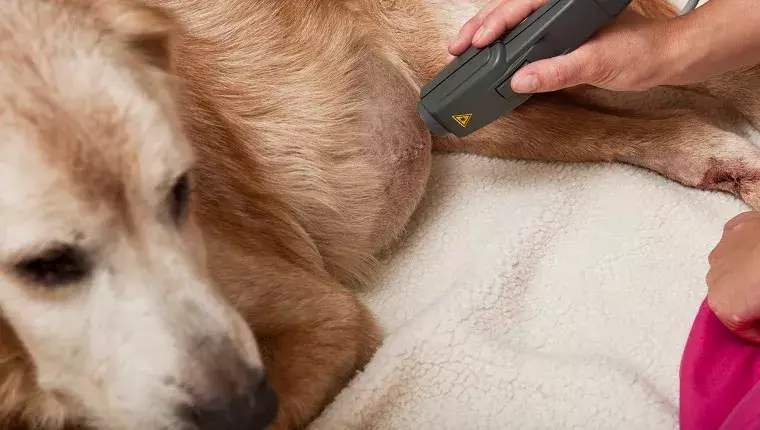The advancement of veterinary medicine has paved the way for innovative treatment options for our beloved canine companions. Among these is light therapy, a non-invasive treatment method designed to alleviate various health conditions affecting dogs. As pet owners increasingly seek alternative remedies that prioritize their pets’ well-being, understanding the mechanics, benefits, and considerations of light therapy becomes crucial.
What is Light Therapy for Dogs?
At its core, light therapy for dogs involves the use of specialized lights, typically in the form of LED or laser devices, to promote healing and alleviate pain. LED therapy utilizes light-emitting diodes that deliver specific wavelengths, allowing light to penetrate the skin. This process effectively targets areas affected by wounds, infections, and pain points, including acupuncture sites. Conversely, laser therapy uses focused light energy at controlled frequencies to instigate physiological changes at the cellular level.
Both modalities have garnered attention for their therapeutic potential. For example, infrared wavelengths can provide profound healing benefits by reaching deeper tissues, assisting in the recovery of tendons, ligaments, and muscles. This combination of light frequencies can lead to reduced inflammation, pain relief, and improved energy production within the body’s cells, specifically through the replenishment of adenosine triphosphate (ATP).
Effectiveness and Cost Considerations
The effectiveness of light therapy varies based on multiple factors, including the type of device used and the specific ailment being treated. It is advisable for pet owners to consult with veterinary professionals to determine the most appropriate treatment plan tailored to their dogs’ unique needs. While many veterinary clinics offer light therapy services, those treatments typically incur costs ranging from $40 to $100 per session. This can become a considerable expense, especially if multiple treatments are necessary.
Nevertheless, some innovation exists in the marketplace. Entrepreneurs like Christina Reguli and her partner Dennis have developed a more accessible solution through the Gospel Canine Light Therapy. Their approach utilizes light therapy pads that are specifically designed for canine use. This non-invasive technology offers pet owners the convenience of applying treatment at home, potentially reducing costs over time while providing continuous support for their dog’s health.
Light therapy brings a multitude of advantages to dogs, especially for senior pets struggling with age-related ailments like arthritis or chronic pain. The soothing effects of both LED and laser therapy can enhance a dog’s quality of life by promoting comfort and mobility. Furthermore, such interventions can help minor injuries heal faster and assist in managing ongoing conditions, which translates to happier and healthier pets.
It’s worth noting that, while light therapy can be beneficial, it’s not a replacement for traditional veterinary care. Pet owners should engage in open discussions with their veterinarians about the potential integration of light therapy alongside conventional treatments. Some therapies may require professional administration, while certain at-home kits could be operated under veterinary guidance.
As the demand for innovative pet care solutions rises, the future of canine light therapy looks promising. With ongoing research and technological advancements, the ability to safely and effectively harness light for therapeutic purposes continues to evolve. Pet owners should stay informed about new developments within this field, as well as seek credible sources that educate them on the practical application of these therapies.
Light therapy stands out as a fascinating option for pet owners seeking to alleviate their dogs’ discomfort. Armed with knowledge about its benefits, potential costs, and the importance of professional consultation, you can make informed choices regarding your pet’s health. Whether you’re looking to treat a specific condition or enhance your furry friend’s overall quality of life, exploring light therapy may be a valuable addition to their care regimen.

